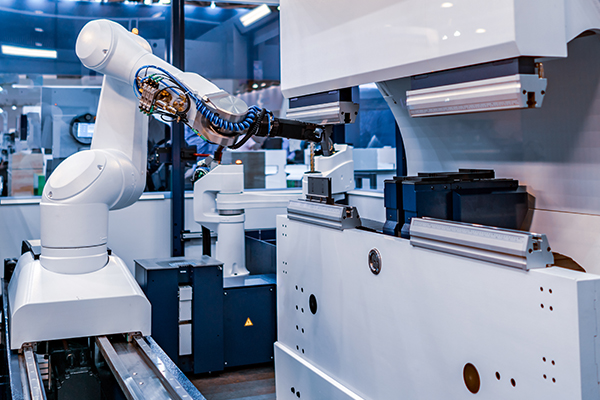Vacuum saving valves are important saving components designed for negative pressure environments. Their core function is to prevent the system vacuum from exceeding the predetermined saving range, and to avoid equipment structure failure, abnormal medium infiltration, or process out of control due to excessive negative pressure. When the internal vacuum of the system reaches or exceeds the preset critical state, such valves will respond quickly according to their design principles, actively introduce external gas or medium to effectively balance the pressure difference between the inside and outside of the system, and prevent the vacuum from further deepening. This rapid intervention mechanism is essential for maintaining the stable operation of specific process flows, protecting key equipment from negative pressure damage, and ensuring system integrity.
Its structural design and material selection must fully consider the characteristics of negative pressure conditions and compatibility with the media in contact, to ensure reliable operation when needed and to restore to a normal closed state after the incident subsides. Therefore, the vacuum saving valve is an indispensable last passive protection barrier specifically for vacuum risks to achieve safe operation of the negative pressure system. Its performance is directly related to the reliability and saving of the entire vacuum-related application, and is an important guarantee for maintaining the expected operating boundaries of the system under negative pressure conditions.


